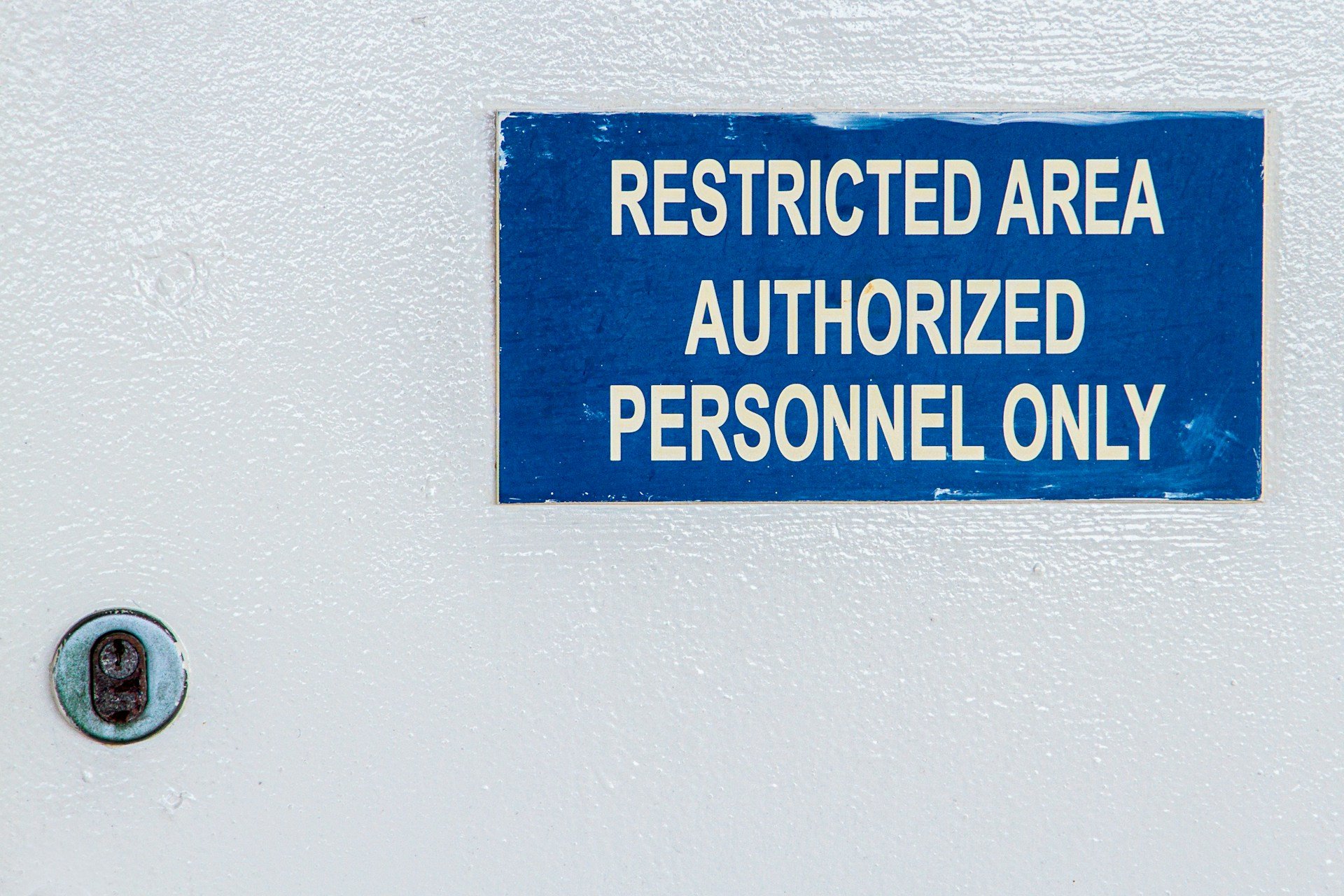The Ugly Secret About “Privacy”: Most VPNs Leak—Quietly
I hate to be the one to tell you this, but your VPN might be a liar.
Not a bold-faced, evil kind of liar—more like the kind who forgets to mention they left your front door unlocked.
Here’s the thing: even if your VPN app says “connected”, your real identity might still be slipping through tiny digital cracks—via IP leaks, DNS leaks, or the sneakiest of them all, WebRTC leaks. And that means your ISP, the government, or even that creepy free Wi-Fi router at the café could still see you.
So, if you’ve ever wondered “Is my VPN actually working?”, it’s time to get your hands dirty and learn how to test VPN leaks—and fix them before they expose you.

Image Credit: Pixabay under Creative Commons
Wait, What the Hell Is a “Leak”?
Let me break it down, human to human.
A VPN leak happens when your real connection details—like your actual IP address or DNS requests—bypass the secure VPN tunnel and reach the internet directly.
You think you’re hiding behind an encrypted wall. But if the VPN configuration isn’t airtight, some of your info slips out like smoke through a crack.
The three main culprits are:
-
IP leaks – Your true IP address shows up, blowing your cover.
-
DNS leaks – Your computer still asks your ISP to resolve websites instead of the VPN.
-
WebRTC leaks – Browser-based communication (used for video calls, etc.) exposes your real IP, especially in Chrome or Edge.
Each one is like wearing a mask with holes cut in the wrong places.
“But I’m Using a Top VPN!” (Yeah, Me Too…)
Listen, I’ve tested dozens of VPNs. Big names, small ones, even those sketchy free apps with shiny logos and names like “TurboSecurePro 3000.” And guess what? I’ve seen them all leak at some point.
VPNs are like plumbing—one tiny misconfiguration, and everything drips.
That’s why testing for VPN leaks isn’t paranoia; it’s maintenance. Like checking your brakes before a road trip.
Step One: How to Test VPN Leaks Like a Pro (Without Being One)
You don’t need to be a cybersecurity wizard. Here’s how I do my VPN IP leak test ritual every few weeks:
-
Disconnect your VPN.
Go to https://ipleak.net or https://dnsleaktest.com.
Note your real IP address and DNS servers. Write them down or screenshot them. -
Now connect your VPN.
Choose a server in another country. Refresh the test page. -
Compare results.
-
If your IP address still matches the first one → you’ve got an IP leak.
-
If your DNS servers still belong to your ISP → that’s a DNS leak.
-
If you see your real IP in WebRTC detection tests → WebRTC leak alert.
-
There are fancy testing tools, but these simple sites catch 95% of the issues. If you want to go full nerd mode, you can also use https://browserleaks.com—it’s like an X-ray for your browser’s privacy.
Why VPNs Leak in the First Place (a.k.a. The Blame Game)
VPN leaks happen for surprisingly boring reasons:
-
Lazy configuration: Some providers route DNS traffic outside the VPN tunnel.
-
Browser behavior: Chrome and Firefox use WebRTC by default—it’s great for video chats, terrible for anonymity.
-
Operating system quirks: Windows, in particular, loves to “helpfully” use the fastest DNS route (a.k.a. your ISP’s).
-
Kill switch failures: If your VPN disconnects for even a second without blocking traffic, data leaks.
It’s not always the VPN’s fault, but—yeah—it’s usually the VPN’s fault.
Fixing the Leaks: My No-Nonsense Guide
Alright, so you ran your VPN IP leak test, and something’s off. Don’t panic. Fixing most leaks is like patching a flat tire—you just need the right tools.
1. To Prevent DNS Leaks
Go into your VPN settings and look for an option like “Use custom DNS” or “Prevent DNS leaks.”
If it’s there, enable it. If it’s not—uh, maybe switch VPNs.
Better yet, manually set your device’s DNS to something private like:
-
Cloudflare:
1.1.1.1 -
Google DNS:
8.8.8.8(not my favorite for privacy, but reliable) -
Quad9:
9.9.9.9
That way, even if your VPN hiccups, your ISP won’t be resolving your queries.
2. To Fix WebRTC Leaks
Disable WebRTC directly in your browser.
-
Chrome/Edge: Install extensions like WebRTC Leak Prevent.
-
Firefox: Type
about:config, then setmedia.peerconnection.enabledtofalse. -
Safari: Usually safe by default, but double-check under Develop > WebRTC.
Yes, it might slightly affect video chat sites, but privacy’s worth the trade.
3. To Stop IP Leaks Cold
Always turn on the Kill Switch feature in your VPN app.
If your VPN disconnects, the kill switch blocks all internet traffic until it reconnects—no accidental leaks.
If your provider doesn’t have one… well, that’s like driving without seatbelts. Time to find a better VPN.
Bonus: The Paranoid’s Toolkit (Optional But Fun)
If you’re the kind of person who checks if the stove is off three times before leaving, here are some pro-level tricks:
-
Use firewall rules to block all non-VPN traffic.
-
Run your VPN inside a virtual machine to isolate your main OS.
-
Stack a VPN with Tor (though your speed will crawl).
Overkill? Maybe. But also kind of satisfying.
Real Talk: Not All VPNs Are Built Equally
I’ve seen VPNs proudly advertise “military-grade encryption” (whatever that means) and still leak DNS requests like a broken faucet.
If you want a genuinely secure experience, look for VPNs that:
-
Offer built-in leak protection
-
Have independent security audits
-
Use RAM-only servers (no logs, no leaks, no storage)
And test them yourself—because marketing departments lie, but test results don’t.
The Silent Damage of Leaks
Let’s get existential for a second.
A VPN leak doesn’t just reveal your IP. It ruins the entire point of using a VPN.
Think about it—people use VPNs for privacy, journalism, activism, or sometimes just to watch The Office on another country’s Netflix. But a single DNS leak means your ISP still knows what sites you visit.
It’s like whispering secrets into a megaphone. You think you’re hidden, but you’re just… loud and wrong.
My Quick Leak-Testing Habit (You Should Copy This)
Every Monday morning—before coffee, before email—I open a VPN, connect to a random country, and run a VPN IP leak test and DNS check.
Takes 3 minutes. Keeps me sane.
Because if there’s one thing I’ve learned in years of writing about VPNs, it’s this: you can’t assume privacy. You have to verify it.
And Finally, the Honest Bit
Most people will never test their VPN. They’ll trust the pretty interface, the little green “connected” light, and go on with their lives.
And that’s fine—until it isn’t.
So, yeah, maybe this article sounds a little paranoid. But I’d rather be paranoid and private than calm and exposed.
If you take anything from this, it’s this simple rule:
Trust your VPN once. Test it forever.
Because on the internet, silence isn’t golden—it’s encrypted.





